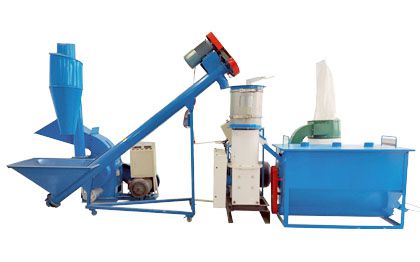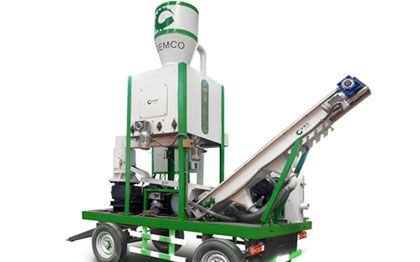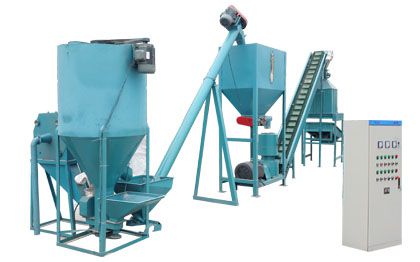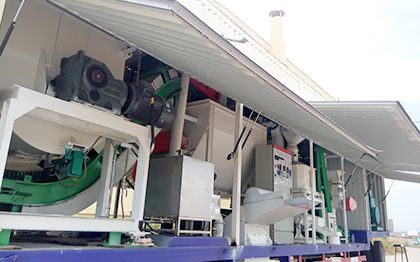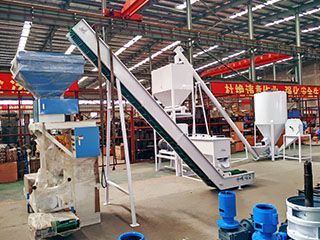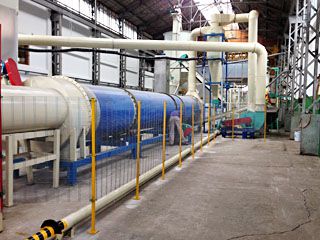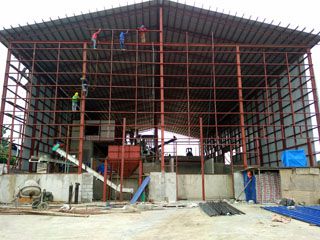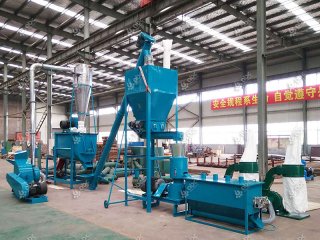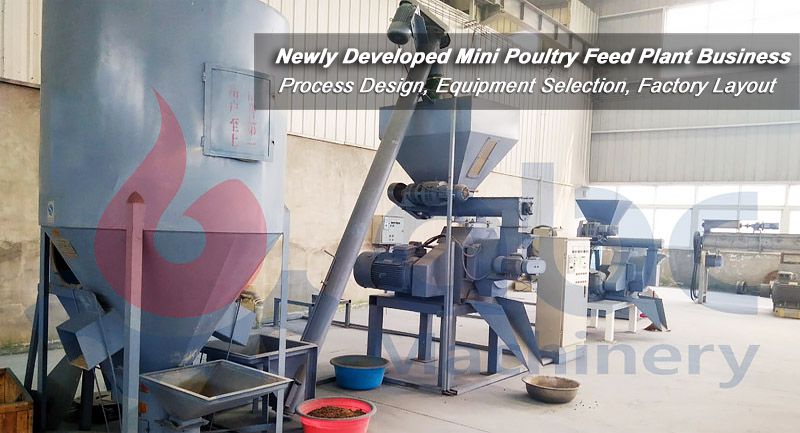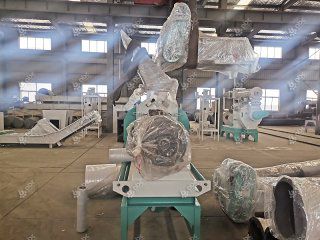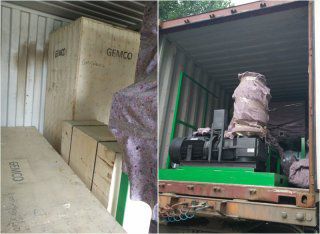FAQs of Biomass Wood Pellet Production
Biomass wood pellet production is a sustainable and renewable source of energy that has become increasingly popular in recent years. As people become more conscious of their impact on the environment, the demand for biomass wood pellets has grown. If you have any questions about the production process or the benefits of biomass wood pellets, please refer to our FAQ section below.
- Is it cost effective to make corn stalk pellets?
- What’s the calorific value of wood pellets?
- What's The Cost of Biomass Wood Pelletization As Business?
- What are the wearing parts of briquetting press and ring die
- How to Make Budget of Full Pellet Plant?
- How to improve the output of wood pellet production?
- How To Choose High Quality Biomass Pellets?
- How is the adaptability of pellet making machine?
- What’s the Market Prospects of Biomass pelletizing?
Exploring the Biomass Wood Pellets Production Process
Biomass pellet production is the process of turnisng biomass materials, such as sawdust, wood chips, and agricultural waste, into pellets that can be used for heating and power generation. The process involves several steps, including drying the raw material, grinding it into a fine powder, and compressing it under high pressure.
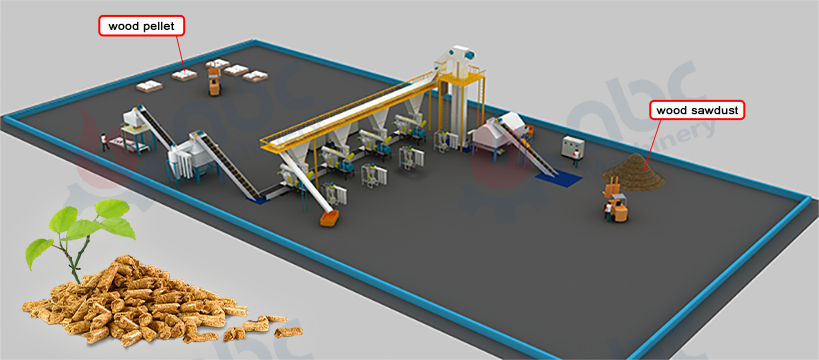
3D Flow Chart for Biomass Wood Pellets Production Line
Typical Advantages of Biomass Wood Pellets
- One of the benefits of biomass wood pellet production is that it is a sustainable and renewable source of energy. Unlike fossil fuels, which are finite resources that will eventually run out, biomass materials can be replenished through sustainable forestry practices and agricultural waste management.
- Another advantage of biomass wood pellet production is that it is a carbon-neutral source of energy. When the biomass materials are burned, they release the same amount of carbon dioxide that was absorbed during the growth of the plant material. This means that the process does not contribute to climate change, unlike the burning of fossil fuels.

